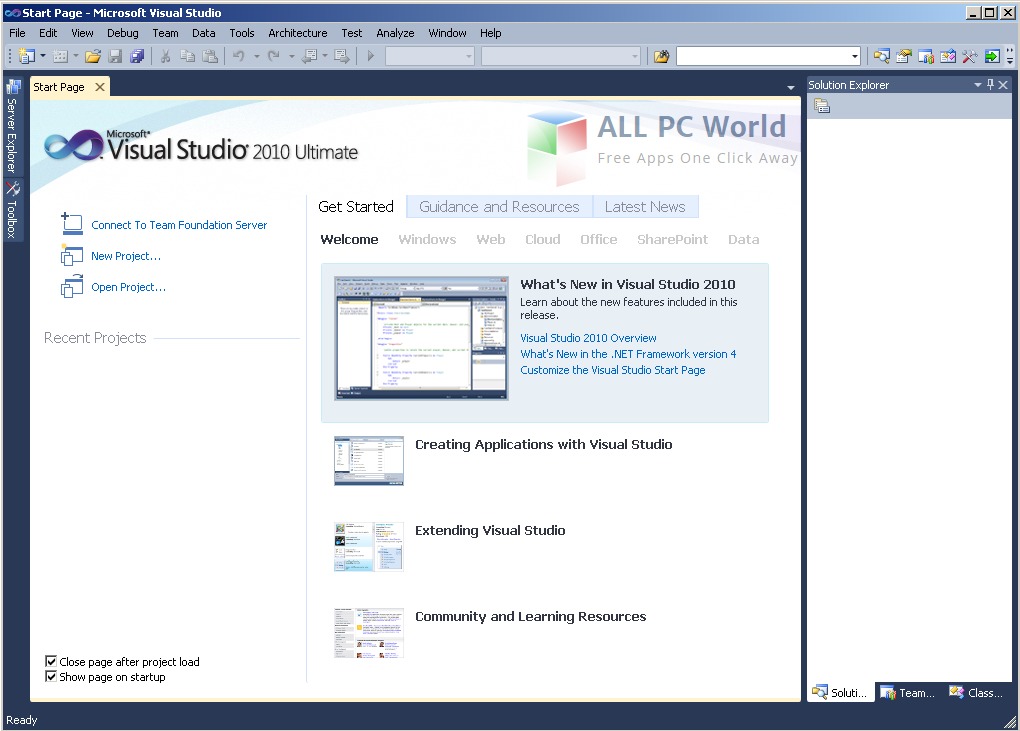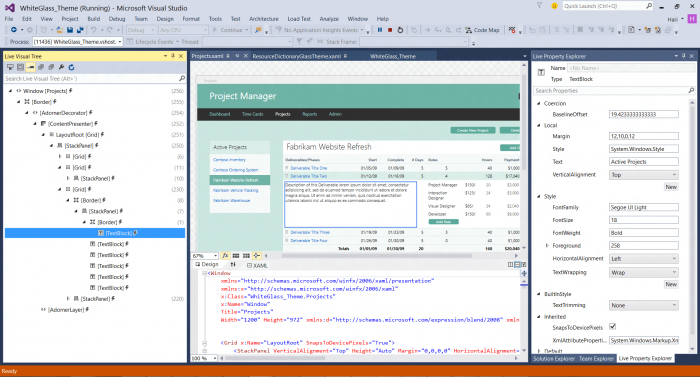



I am asking the question specifically for VS 20, but the bootstrappers seem to be largely unified anyway. I also checked the event log but returned empty-handed. So I don't even get an indication of what I may have invoked incorrectly. In all cases I briefly see a dialog come up with a progress bar indicating that stuff gets loaded and unpacked into %LOCALAPPDATA%\Temp (makes sense given the read-only media), but then there is silence and the respective process appears to quit without doing anything. NB: I also tried with -nocache, without -passive and without -lang en-us (the original layout was generated only for that language, so I assumed it has to be given). \vs_setup.exe -layout %CD% -verify -noweb -passive -lang en-us Alas, the help page isn't exactly helpful for the scenario and the command I came up with doesn't seem to do anything.Įxecuted from cmd.exe (no matter if elevated or not) and from within the directory specified in -layout during preparation. However, now I would like to make sure that each individual layout is truly valid for offline installation. Twice is usually sufficient to get to see that. Since I typically get at least a handful of of download errors during a single run, I tend to run the initial vs_.exe -layout %CD%\vs2022\ -lang en-us command at least twice until I see the final success message. The hardlinking process saves a little over 100 GiB altogether.

iso for VS 2022 (17.3.6) for example is a mere 36 GiB in size, including the editions: Build Tools ("28 GiB"), Community ("35 GiB"), Professional ("35 GiB") and Enterprise ("35 GiB"). It works generally nicely thanks to the duplication across editions which mkisofs can deduplicate via -duplicates-once and packers will be able to achieve the same if they know how to handle hardlinks, after a treatment with hardlink or dfhl or similar tools. I prefer to create an offline installation for Visual Studio, which combines the different editions in one. NB: to be certain I also like to turn off network anyway while validating (from within a VM), but the idea behind -noweb appears to be that. So my question is: how to validate/verify the layout for an offline situation while ensuring that no network connection will be necessary in the offline installation scenario (i.e.


 0 kommentar(er)
0 kommentar(er)
